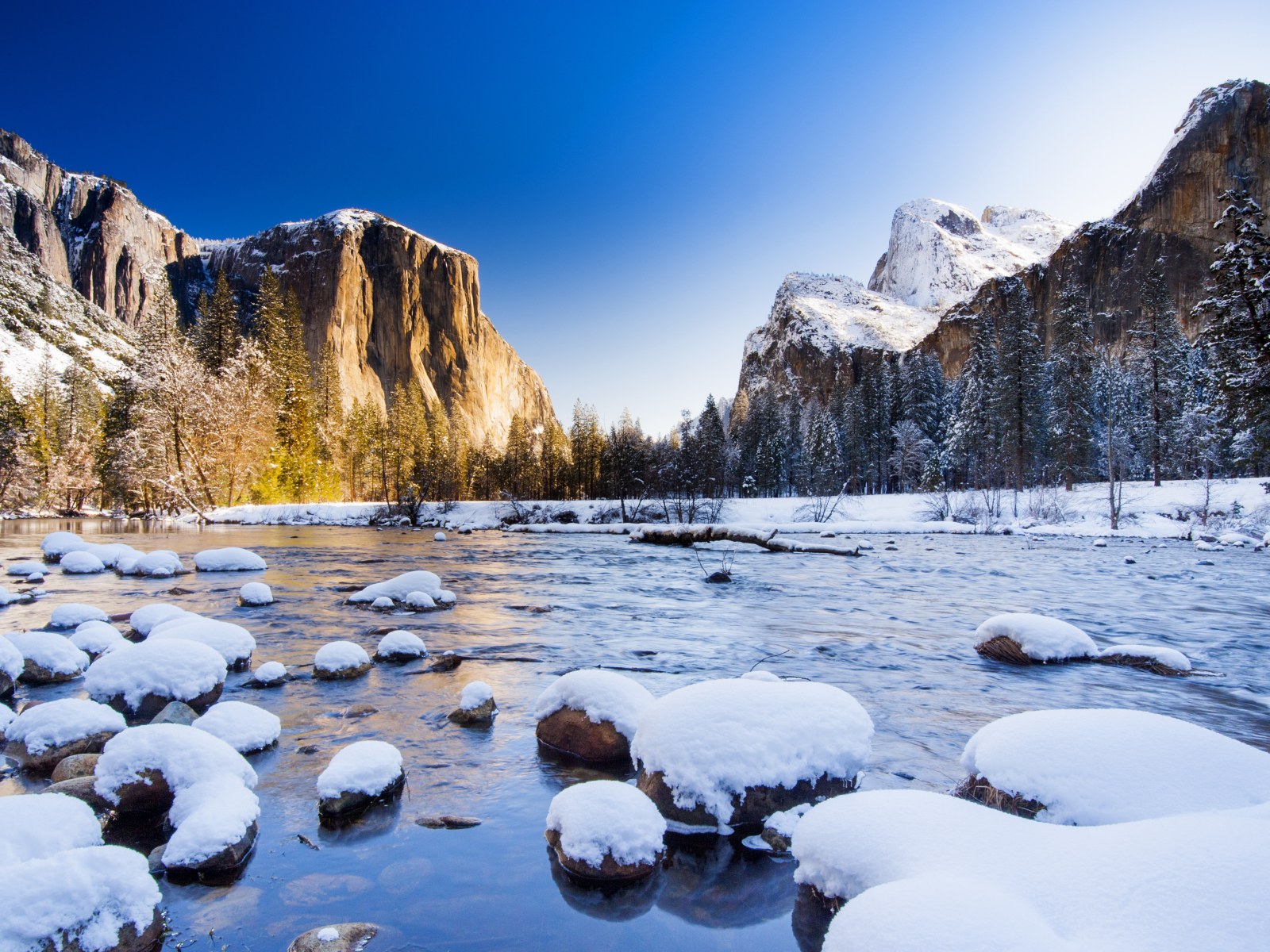Climate and Weather in Washington State: What to Expect All Year Round
Washington State is known for its diverse climate, which varies from region to region. The state’s major climate zones fall into two broad categories: the western portion, including the coast, and the eastern portion, located beyond the Cascade Mountains. Depending on the region, Washington State’s climate can offer a variety of weather conditions, from mild winters in the west to harsh snowy winters in the east, allowing you to enjoy a variety of outdoor activities year-round.
General climatic features
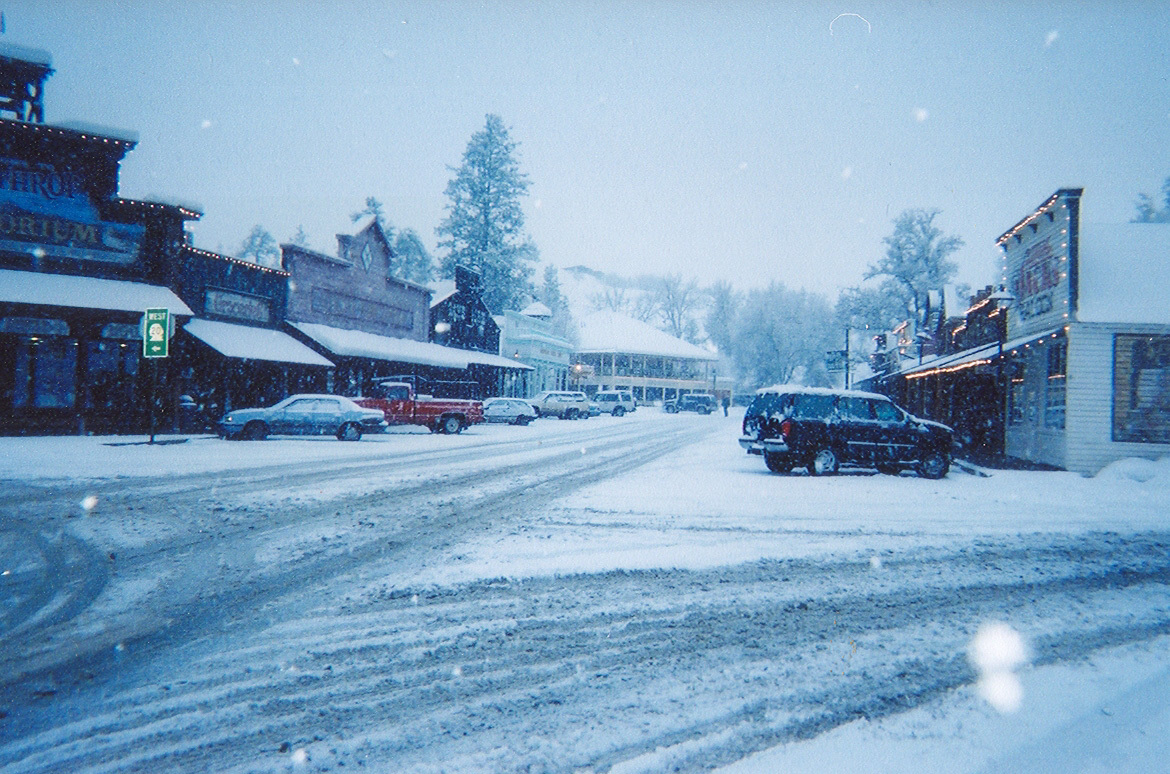
- West of the state (e.g., Seattle): Humid maritime climate with mild winters and cool summers. Rainfall and cloudy weather are frequent here.
- East of the state (e.g., Spokane): More continental climate with cold, snowy winters and hot, dry summers.
Western Washington State
The western part of the state, including cities such as Seattle, sits on the Pacific coast and is surrounded by the Cascade Mountains. A humid maritime climate prevails here:
- Winter: Mild, with temperatures rarely dropping below 32°F. Snowfall is infrequent and usually melts quickly.
- Summer: Cool, with temperatures rarely exceeding 77.0-80.6℉.
- Precipitation: Abundant and evenly distributed throughout the year, with particularly rainy winter months. Extended periods of rain and cloudiness are common in fall and winter.
- Cloudiness: High throughout the year, especially in winter when clouds cover the sky for long periods of time.
Eastern Washington State
The eastern part of the state, where cities such as Spokane are located, is separated from the western part by the Cascade Mountains. The climate here is more continental in character:
- Winter: Cold, with frequent snowfall and temperatures often dropping below 32°F. It can get much colder here in the winter than in the western part of the state.
- Summer: Hot and dry, with temperatures often exceeding 86.0°F.
- Precipitation: Much less than in the west. Summers are usually dry.
- Sunshine: The eastern part receives more sunlight, especially in the summer when clear days prevail.
Thus, Washington’s climate varies greatly from region to region, with the west having a wet and mild maritime climate and the east having a drier and more continental climate.
Weather in Washington State during different seasons of the year
Western part of the state (including Seattle and the coast)
1. Winter (December – February):
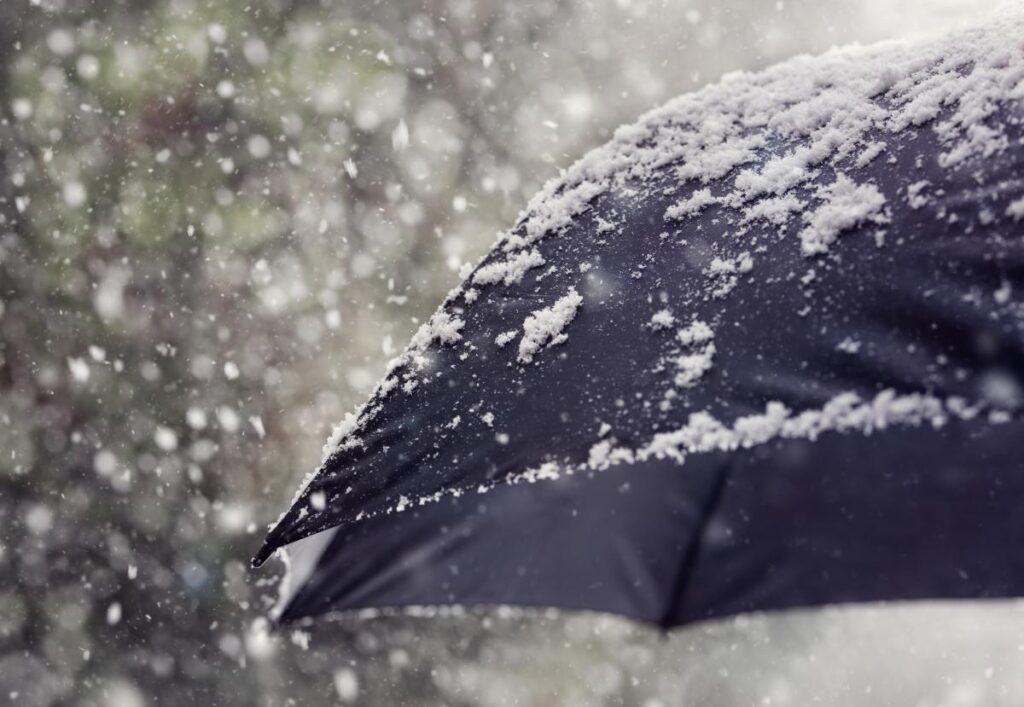
- Temperature: Averages between 35°F and 46°F.
- Precipitation: This period is characterized by heavy rainfall. Snowfall is possible in Seattle and surrounding areas, but is rare and insignificant.
- Special Features: Wet and cloudy weather, frequent fog. Snow usually falls in the mountains, which attracts winter sports enthusiasts.
Winter in western Washington State, especially in coastal areas and cities such as Seattle, is mild and wet. The main characteristics of winter weather in this region are:
Temperature
Average Temperatures: Winter temperatures typically range from 35°F to 46°F. Nighttime temperatures rarely fall below 32°F, and daytime temperatures remain moderately cool.
Precipitation
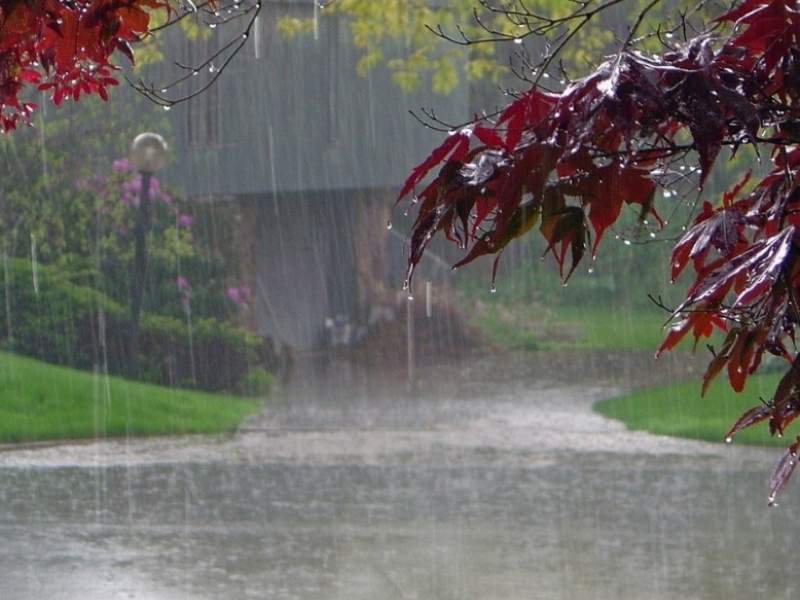
Rainfall: Western Washington State is known for its long and frequent rainfall during the winter. This region receives most of its annual precipitation during the winter.
Cloud cover: In winter, the sky is often covered with dense clouds and clear days are rare.
Snow: Snowfall is possible, but rare and usually insignificant. Snow, if it does fall, melts quickly due to mild temperatures. However, coastal and lowland areas are almost free of snow.
Wind
Strong winds are possible during the winter months, especially during cyclones from the Pacific Ocean. Wind can increase the feeling of cold.
General Feelings
Winter in western Washington State is usually wet with mild temperatures, but sometimes long periods of rain and cloud cover can make it feel damp and chilly.
2. Spring (March- May):

- Temperature: 44.6°F to 59.0°F.
- Precipitation: March and April remain rainy, but rainfall gradually decreases by May.
- Special Features: The beginning of spring is still rainy, but as May progresses, the weather becomes sunnier, with greenery and nature blooming to create picturesque scenery.
Spring in western Washington State is characterized by gradual warming and decreasing precipitation. The main features of spring weather in this region include:
Temperature
- Early spring (March): Temperatures typically range from 41°F to 54°F. Nights can still be chilly, but frosts are rare.
- Late spring (May): Temperatures can reach 50°F to 64°F, and higher on sunny days. It gets noticeably warmer during the day, especially in late spring.
Rainfall
- Rainfall: Rainfall gradually decreases in spring, but rains are still frequent, especially in March and April. May tends to be drier, although there may be rain, especially early in the month.
- Cloudiness: In spring, skies begin to gradually clear. March and April remain cloudy, but by May the number of clear days increases.
Wind
Winds during the spring months can be variable, but generally less strong than in winter. The wind brings freshness and contributes to the feeling of nature awakening.
General Feelings
Spring in western Washington State feels like a transitional season. Nature comes alive, begins to bloom, and despite the still possible rains, there are more sunny days. The air becomes crisp, and as May arrives, the weather becomes comfortable for walking and outdoor activities.
3. Summer (June- August):
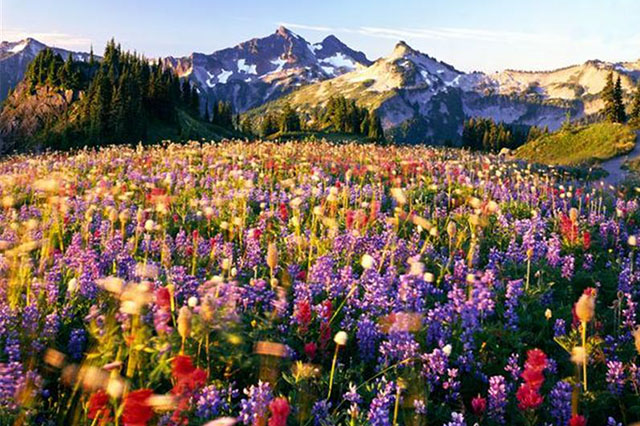
- Temperature: 59.0℉ to 77.0℉, sometimes reaching 86.0℉ in July and August.
- Precipitation: Summers are quite dry in this part of the state. Rainfall is rare, especially in July and August.
- Special Features: Dry and warm summers with long sunny days. It is an ideal time for hiking, tourism and outdoor activities.
Summers in western Washington State are characterized by moderately warm and relatively dry weather compared to other seasons. This period of the year is considered one of the most enjoyable in the region. Here are the main features of summer weather:
Temperature
- Daytime temperatures: Typically range from 68°F-80°F. On rare hot days, temperatures can reach 86°F or slightly higher, but these days are infrequent.
- Nighttime temperatures: Nights are usually cooler, with temperatures around 50°F-59°F.
Precipitation
- Rainfall: Summer is the driest season in western Washington State. Precipitation decreases significantly, and July and August are often virtually rainless. However, occasional brief rains are still possible.
- Cloudiness: Summer is characterized by clear and sunny weather, especially in July and August. Cloud cover decreases significantly and most days are sunny.
Winds
Winds in summer are usually light and pleasant, with occasional breezes from the Pacific Ocean bringing freshness.
General feeling
Summer in western Washington State is a time of mild warmth and sunny days. The weather is ideal for outdoor activities such as hiking, walking by the water, or camping. The combination of moderately warm temperatures, minimal precipitation, and plenty of sunshine makes summer in this region especially appealing to locals and tourists.
4. Autumn (September- November):

- Temperature: 50.0℉ to 68.0℉ in September, dropping to 41.0℉ in November.
- Precipitation: Fall begins with dry and pleasant weather in September, but rain returns by October and becomes regular by November.
- Special Features: September and early October can be very pleasant, with bright fall colors. By November, the weather becomes colder and more rainy.
Autumn in western Washington State is characterized by a gradual cooling and increased precipitation. This season marks the transition from warm and dry summers to wetter and colder winters. The main features of fall weather:
Temperature
- Early Fall (September): In September, temperatures are still fairly comfortable, with daytime highs between 59°F-72°F. Nights become cooler, with temperatures around 50°F.
- Late Fall (November): By November, temperatures typically drop to 41°F-54°F. Nighttime temperatures can approach 32°F, especially in late November.
Precipitation
- Rainfall: Fall is the beginning of the rainy season in western Washington State. Rainfall begins to increase in October and peaks in November. Rains can be frequent and prolonged, especially closer to winter.
- Cloudiness: Cloudiness gradually increases in the fall, and by November sunny days become rare. September may still enjoy clear days, but by October and November the sky is more often covered with clouds.
Wind
Winds can be more noticeable in the fall, especially when cyclones are passing through. Winds from the Pacific Ocean can bring moist and cool air masses.
General Feelings
Fall in western Washington State is a season of change. You can still enjoy mild and relatively dry days in September, but by October, rainy and colder weather begins. Nature changes its colors, the leaves on the trees turn yellow and red, creating picturesque landscapes. In general, autumn here is characterized by calm and gradually changing into winter weather.
Eastern part of the state (including Spokane and central areas)
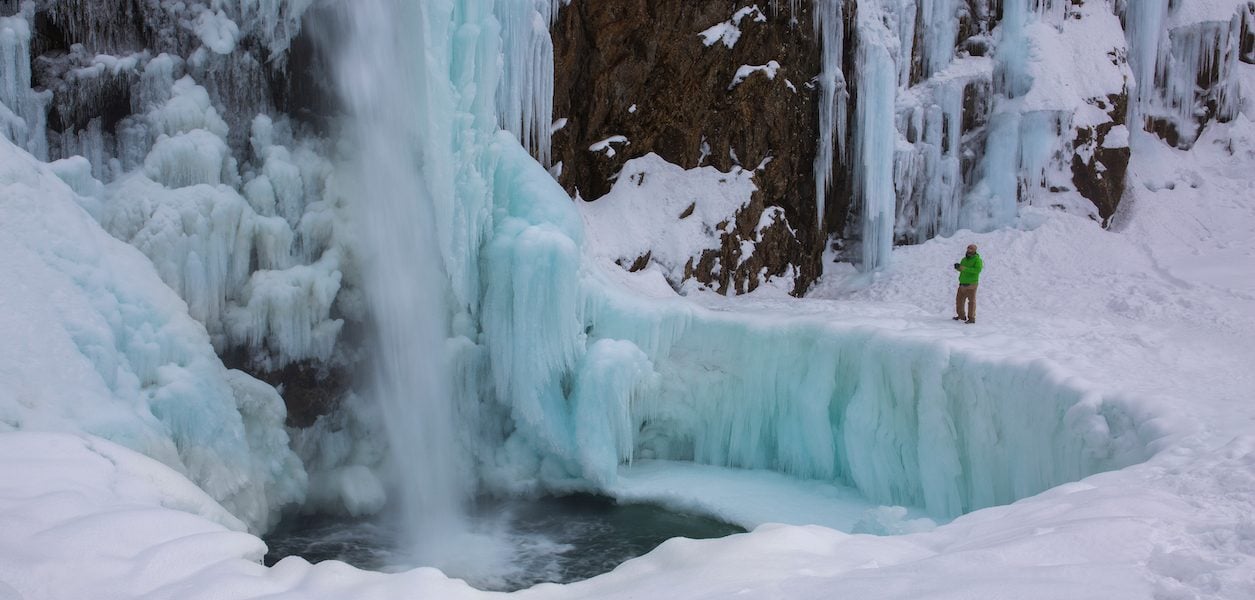
1. Winter (December – February):
- Temperature: Averages from 21.2℉ to 37.4℉, with occasional frosts that can be more severe.
- Precipitation: Mostly snow falls. Winters here are colder and snowier compared to the western part of the state.
- Special Features: Winters are cold, with consistent snow cover. Heavy snowfall is possible in the mountains.
Winters in eastern Washington state, in cities such as Spokane, are characterized by cold temperatures and heavy snowfall, contrasting with the milder climate of the western part of the state. Key characteristics of winter weather in the eastern part of the state:
Temperature
- Average Temperatures: In winter, daytime temperatures typically range from 23°F – 36°F. Nighttime temperatures often fall much lower and can reach 14°F or lower.
- Freezing temperatures: Freezing temperatures are common throughout the winter.
Precipitation
- Snowfall: Snow is the main form of precipitation in winter in eastern Washington. Snowfalls can be frequent and intense, especially in December and January. A steady snow cover forms and can persist throughout the winter.
- Total Precipitation: Despite cold winters, total precipitation in the eastern part of the state is less than in the west because the region is in the rain shadow of the Cascade Mountains.
Wind
During the winter, cold northerly winds can blow across the eastern part of the state, adding to the cold feeling. Winds can be especially strong during the passage of Arctic fronts.
General Feelings
Winter in eastern Washington State feels like a harsh and snowy season. Frosty days and heavy snowfall create a typically wintry atmosphere that contrasts strongly with the milder winters in the western part of the state. This time of year is favorable for winter sports and outdoor activities such as skiing, snowboarding and ice skating.
2. Spring (March- May):

- Temperature: 37.4℉ to 62.6℉.
- Precipitation: The amount of precipitation is moderate, the snow melts, and the weather becomes milder.
- Features: Spring is drier than in the western part of the state, but temperatures begin to rise rapidly by May.
Spring in eastern Washington State is characterized by gradual warming, but cold and snowy days are still possible early in the season. The weather during this period is quite variable, and the seasonal transition from winter to summer is slow. Key features of spring weather in the eastern part of the state:
Temperature
- Early Spring (March): March is usually still cool, with daytime temperatures between 41°F-50°F. Nighttime temperatures often dip lower and frost is possible.
- Late Spring (May): Temperatures become significantly warmer in May, with daytime temperatures that can reach 59°F-72°F and nighttime temperatures stabilizing between 41°F-50°F.
Precipitation
- Snowfall: Residual snowfall is possible in early spring, especially in March. However, the snow melts quickly as temperatures warm.
- Rainfall: As snow melts and temperatures rise, rainfall increases. April and May can be rainy, but rainfall totals are usually moderate. May is one of the wettest months of spring.
- Cloudiness: Spring skies are often variable, with alternating clear, cloudy, and rainy days.
Wind
Winds in the eastern part of the state can be variable in the spring. Cold winds are possible early in the season, but become more moderate as the season warms.
General feeling
Spring in eastern Washington State is a period of change and revitalization of nature after a cold winter. Early in the season, the weather can still be cold and unpredictable, but with the arrival of May comes a more stable and warmer time. During this period, nature comes to life, trees begin to bloom and the first green shoots appear, which creates a pleasant atmosphere for walking and outdoor recreation.
3. Summer (June – August):

- Temperature: From 68.0℉ to 95.0℉, sometimes higher.
- Precipitation: Summers are very dry with little or no precipitation.
- Specialties: Summers are hot and dry. It is an ideal time for winemaking, agriculture, and outdoor activities.
Summers in eastern Washington State are characterized by hot and dry weather, which contrasts greatly with the more temperate climate of the western part of the state. This season is typically characterized by high temperatures and minimal rainfall.
Temperature
- Daytime temperatures: During the summer in the eastern part of the state, daytime temperatures often exceed 86°F and can reach 95°F-104°F on the hottest days, especially in July and August.
- Nighttime temperatures: Nights tend to be cooler, with temperatures ranging from 59°F-68°F. However, even at night, temperatures can remain quite high, especially in mid-summer.
Precipitation
- Rainfall: Summer is the driest season in eastern Washington State. Precipitation during this period is infrequent and summers usually have minimal rainfall.
- Drought: Due to low precipitation and high temperatures, the eastern part of the state often experiences dry conditions during the summer months. This can create an increased risk of wildfires.
Wind
Winds are usually light during the summer, but dry winds are possible on hot days, increasing the feeling of heat.
Sunshine
Summer days in eastern Washington are long and sunny with few clouds. High solar activity can pose a risk of sunburn and heat stroke.
General Feelings
Summer in eastern Washington State is a time of hot and dry weather. Despite the high temperatures, it is a favorable period for sports and outdoor activities, although you should be careful with sun and hydration. The heat can be intense, especially in July and August, making it important to find shady spots or bodies of water to cool off.
4. Fall (September- November):

- Temperature: 59.0℉ to 41.0℉ by November.
- Precipitation: Precipitation returns in October but remains moderate.
- Special Features: Fall is mild and dry, especially in September and October. November brings the first frost and possibly snowfall in mountainous areas.
Fall in eastern Washington State is different from that experienced in the western part of the state, due to local climate and geography. The eastern part of Washington State, unlike the wetter west coast, has a semi-arid climate. Here, autumn is characterized by dry, warm weather in September, which gradually transitions to cooler and windier days by late October and into November. This region, located behind the Cascade Mountains, is in the “rain shadow,” making it significantly drier than the western part of the state.
Temperature
- September: Daytime temperatures usually range between 68.0℉ and 77.0℉, with nighttime temperatures dropping to 50.0℉. The weather is still quite warm and dry.
- October: Daytime temperatures are usually around 59.0℉, but can range from 50.0℉ to 68.0℉. Nights get cooler, with temperatures around 41.0℉ or lower.
- November: Fall in eastern Washington by this time is already being felt in full force. Daytime temperatures can range from 41.0℉ to 50.0℉, and freezing temperatures are not uncommon at night, with temperatures around 32.0℉ or lower.
Precipitation and humidity
Fall in eastern Washington State is usually dry, especially in September and October. However, precipitation can increase slightly in November, although it remains moderate compared to the western part of the state. Most precipitation falls as rain, but the first snow is already possible in November in some areas, especially near the mountains.
Wind activity
With the onset of fall, the region may experience an increase in winds, especially in November. This is due to the arrival of cold fronts and changing weather patterns as winter approaches.
Conclusion
Fall in eastern Washington State is a time of dry and relatively warm weather early in the season and a gradual transition to cooler and wetter conditions towards the end of fall. This period is ideal for those who enjoy golden fall scenery and comfortable temperatures before winter sets in.
Washington State’s attractiveness for relocation
Washington State’s climate is one of the attractive reasons to relocate for several key reasons:
1.Variety of climate conditions
Washington State offers a wide range of climates in a relatively small area. The western part of the state, including cities such as Seattle, has a mild and humid maritime climate with cool summers and mild winters, which attracts people who prefer to avoid extreme heat or extreme cold. In contrast, the eastern part of the state is characterized by a more continental climate with hot summers and snowy winters, which suits those who enjoy distinct seasons.
2.Moderate Temperatures in the West
The mild climate of western Washington is attractive to those who want to avoid harsh winters or extreme summer heat. Temperatures here rarely go beyond comfortable levels, making the region comfortable to live in year-round. This is especially valuable for the elderly or those looking for a calm, comfortable climate.
3.Favorable conditions for an active lifestyle
Washington State’s climate provides excellent conditions for an active outdoor lifestyle. Mild summers and an abundance of rain in the west support green vegetation and forests, making this region ideal for hiking, camping, and other outdoor activities. In the winter, ski resorts and other winter sports are available in the eastern part of the state.
4.Clean air and scenic landscapes
Due to its geography and climate, Washington is known for its scenic landscapes, including forests, mountains, lakes, and the Pacific coast. This attracts people who appreciate an eco-friendly environment and opportunities to enjoy nature.
5.Lack of extreme weather events
Unlike some other states, Washington rarely suffers from extreme weather events such as tornadoes, hurricanes, or severe droughts. This makes it a safer and more stable place to live.
Thus, Washington State’s climate, with its temperate climate in the west and distinct seasonality in the east, attracts people looking for comfortable living conditions and a variety of outdoor recreational opportunities.
Relocate to Washington State with our moving company
Our moving company is ready to take care of all your moving needs in Washington State. We offer a full range of services, including packing and transportation of your belongings. With us, your move will be fast, safe, and stress-free. Whether you are planning to move to a major city or a small community, we are here to help you every step of the way.
Contact us in any way:
Telephone: (800) 881-1048



